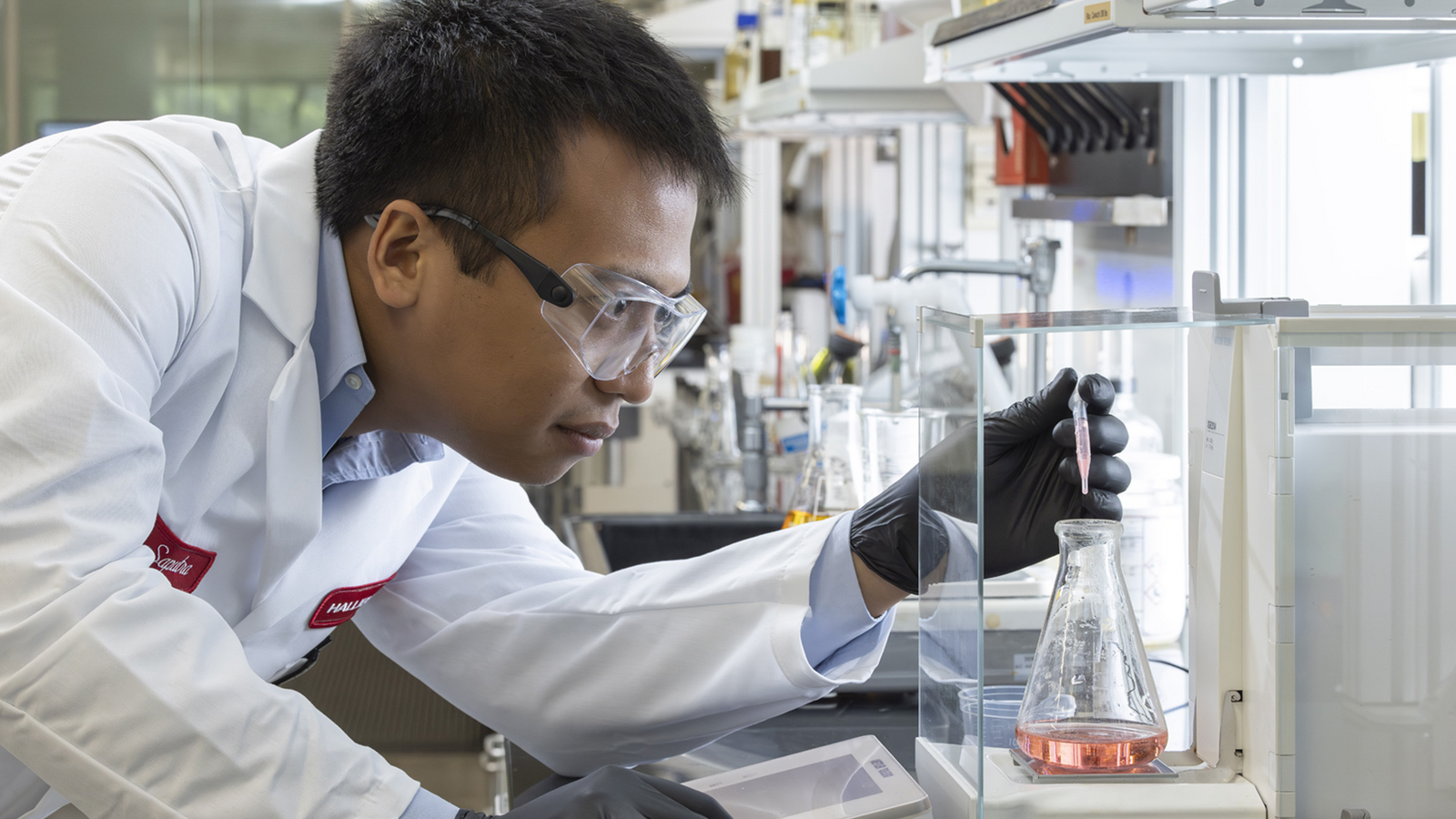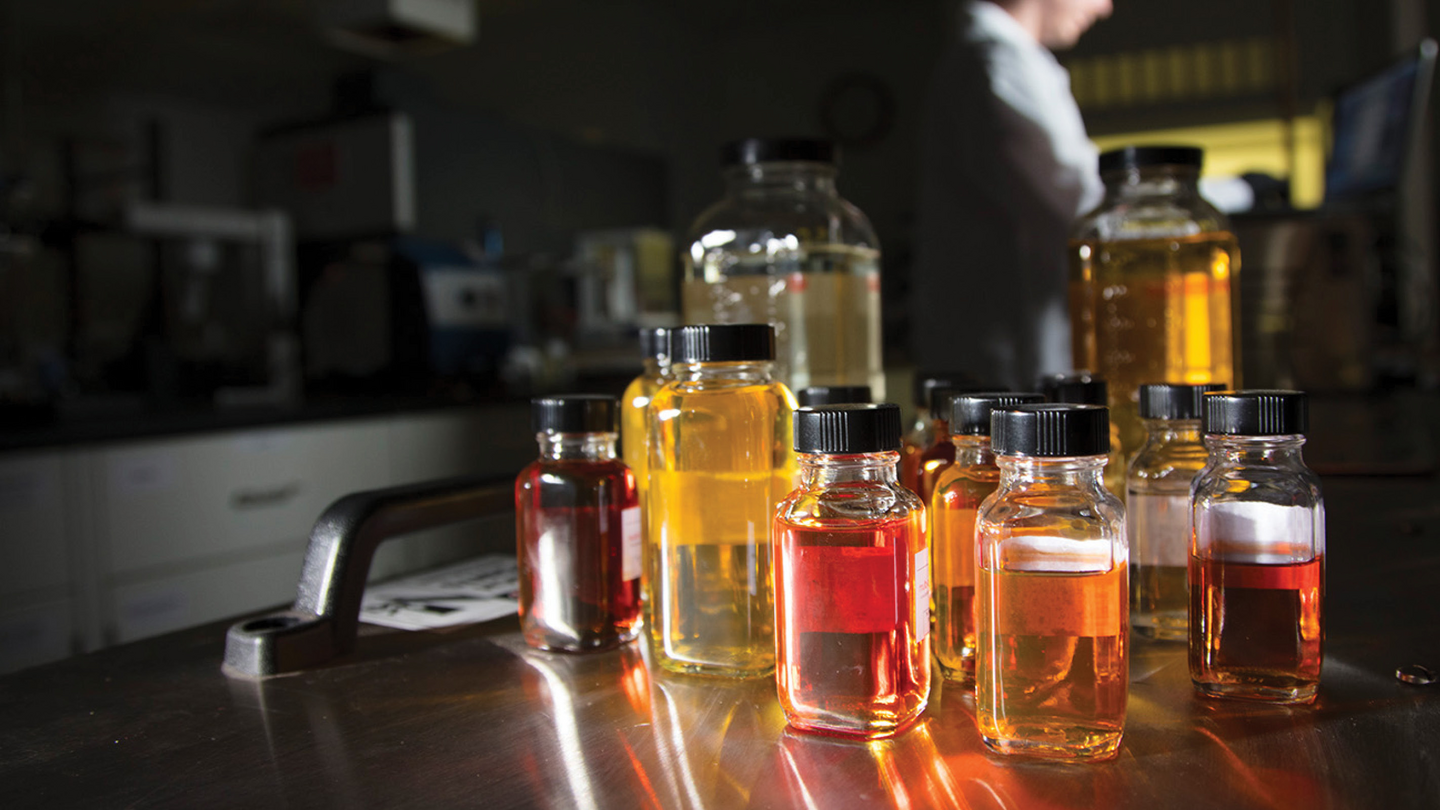 Search
Search
 Search
Search

Stabilize water-sensitive clays and improve clay damage protection for improved well productivity
Talk to an ExpertDuring hydraulic fracturing, water sources of different salinities may contact the formation. This can result in an equilibrium disruption, which may lead to water-sensitive clays causing fracture instability issues. If clays are not appropriately managed, they can swell, disperse, or migrate and create fracture degradation, leading to reduced permeability, which limits the production of hydrocarbons.
Our clay control additives stabilize water-sensitive clays by reducing fines migration, clay swelling, and blockage. These additives can be used in hydraulic fracturing treatments, where they bind to the formation surface, preventing permeability damage due to fines migration in the formation and around the wellbore.
Migrating fines can substantially reduce permeability in the vicinity of the wellbore, which greatly reduces well productivity or injectivity. In addition, fines can be produced through fractures or from poorly consolidated formations. Produced fines can cause erosion of tubing and surface equipment, as well as create disposal problems.
Our clay control additives can be used to stabilize several types of mineral fines commonly produced from formations, including fines that do not respond to treatment with conventional clay stabilizers. It is readily adsorbed on formation surfaces, reducing migration or movement, even when exposed to very high rates of fluid flow. By substantially stabilizing mineral-fine particles, solids production and permeability impairment caused by fines migration can be greatly reduced.
Our clay control solutions are backed by our expert technicians who perform extensive local laboratory testing of formation fluids, cuttings, and fracturing fluids. The results of these tests allow our experts to recommend optimal fluid additives and concentrations specific to your reservoir.
Clay swelling and damage can occur in a reservoir due to interactions between clay minerals and the fluids present. Using our RockPerm® clay control service, we can identify the types of clay minerals present in the formation and their relative concentrations. Then, Halliburton designs the optimal clay control treatment to maximize protection during and after the fracture treatment.
After extensive laboratory testing by our experts, we utilize production and proprietary pumping data to customize recommendations for our customers. The results of this evaluation allow our stimulation experts to customize the fracturing fluid for better returns.
Stimulation Chemicals
The RockPerm® clay control service is a testing and evaluation process that identifies the potential for clay swelling, so we can design and optimize a treatment that mitigates formation damage.
Discover RockPerm
Reduce formation damage risk with Cla-Web stabilizing additives, applied to hydraulic fracturing treatments to prevent fine migration and clay swelling.
Explore
Cla-Sta stabilizes mineral fines by adsorbing on formation surfaces, altering the properties of particles and reducing their interaction with flowing fluids.
Explore